London, Brampton, Vancouver, Chicago, Houston, and Miami
I honestly believe that if the course participants and staff can feel confident to diagnose and treat orthodontic patients in Phase I and Phase 2 treatment this will significantly increase their personal satisfaction for their practice as well as significantly increase their income.
INCREASE PROFITABILITY AND INCOME
GROW YOUR PRACTICE
IMPROVE THE HEALTH OF YOUR PATIENT
EARN CONTINUING EDUCATION CREDITS
WHAT ARE YOU MISSING OUT ON?
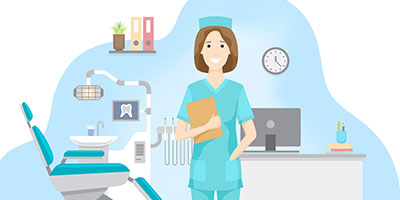
The mixed dentition state is the most neglected area of orthodontics today and one of which the general dentist must become proficient. The purpose of the course is to teach general and pediatric dentists how to properly diagnose and treat simple orthodontic cases.
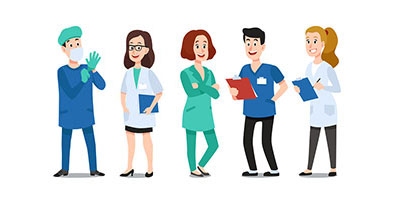
Over the past 35 years, over 24,000 dentists have attended my courses and lectures at orthodontic conventions. These dentists, just like you, recognize the significant, positive effect adding orthodontics can make on their income at the end of the year.
Hear What Your Colleagues Have to Say
“I believe that the dentist of the future will have to have an understanding of early orthodontic treatment for children as well as how to establish a healthy TMJ for all patients prior to orthodontic, restorative dentistry and prosthodontics. Also, the dental profession is the only profession that is permitted to fabricate oral appliances for patients who snore or who have sleep apnea. ”
— Brock Rondeau
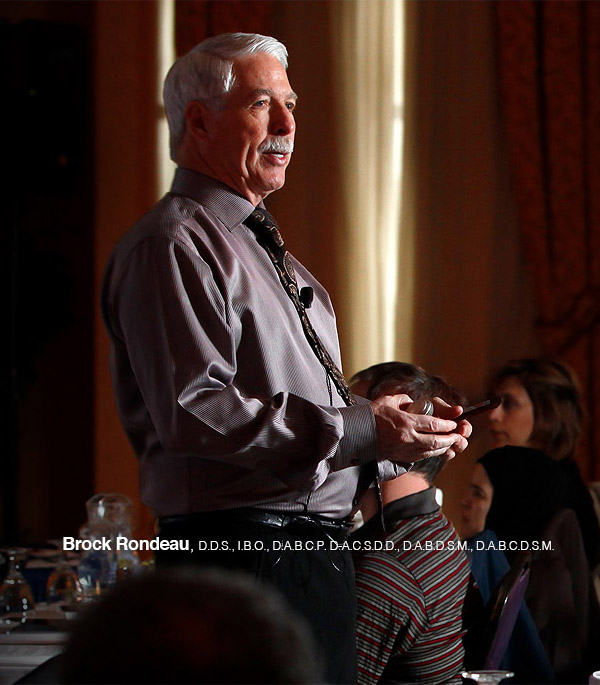
“My courses have helped general and pediatric dentists all over North America increase their practice income by at least $100,000 per year. If the fear of managed case has you wondering about your future in practice, Orthodontics may be the answer.”
— Brock Rondeau
Orthodontic Mini Residency
Limited to 5 doctors & 5 staff
Each doctor will work with a hygienist/assistant for straight wire orthodontics cases including, bracketing, separators, banding, archwires, straight wire mechanics, power chain, open and closed coils, elastics, sectionals, step bends, etc.
Each doctor will take full records for patients then review the records with the Host Instructor during the Dinner Meeting on day 1. On Day 2 they will do a final consultation appointment with the patient, present treatment plan, sign 12 page Informed Consent for Phase 2 orthodontic treatment and start treatment or book the next appointment.
Next session, insert appliance, give patient instructions for adjusting the appliance. Doctors will follow all patients for 12 sessions, every 2 months.
Each doctor will work with an hygienist/assistant for all fixed and removable functional appliances including, Schwarz, Anterior Sagittal, Posterior Sagittal, Rick-A-Nator, Habit Appliances, Twin Block, MARA, Tandem, Fixed Molar Distalizer, Fixed Anterior Sagittal, Hyrax, Transverse Transforce, Transverse Sagittal, Carriere Class II and Class III Motion
Appliance.
Schedule for First Session:
Day 1 Schedule:
- 5:00 pm to 9:00 pm
The first Dinner Meeting will be a welcome dinner with Host Instructor and Host office presenting cases and doing case diagnosis as a group. You are encouraged to bring your new or progress cases to discuss with the group. During the 12 session, 2 year course, all course participants are permitted to bring all new and progress cases for this Dinner Meeting.
Day 2 Schedule:
- 8:00 am to 10:00 am
- Case Presentation with Host Instructor
- Records, bracketing
- 10:00 am – 5:00 pm
- Treatment of patients
- Records & bracketing
The doctor will present the treatment plan to the patient and parent at the final consult appointment. The Instructor will be in attendance to give the doctor advice. After the appointment, the patient/parent will sign the Informed Consent Agreement and the Financial Agreement will be presented to the patient/parent by the Host Office treatment coordinator. All patients will be informed in advance that treatment will be done by qualified local licensed dentists under the supervision of Host Instructor and will receive significant discounts on the treatment.
The doctors will then proceed with the treatment for Phase 1 and Phase 2 as previously outlined. At this first session the doctor will also take records on at least 1 patient including upper and lower impressions/scans, cephalometric x-ray, panorex x-ray, complete the 12 page chart, TMJ exam, Perio exams, 3 extra oral digital photographs, and 6 intra-oral digital photographs. The doctor will receive a copy of the records in order to diagnose the case and be ready to present the treatment plan at the next session. In the afternoon the doctor will put brackets on one of their staff members or host office patients under the supervision of Host Instructor and staff.
Staff Schedule:
One of the main keys to successfully integrating orthodontics into a general practice is to have the staff thoroughly trained on how to educate and motivate patients to accept and want orthodontic treatment, particularly for the children in mixed dentition. The staff can be extremely helpful by learning how to take all the orthodontic records, including assisting with charting, digital scans, taking the x-rays including cephalometrics x-rays and panorex, completing the TMJ Health Questionnaire, digital photography including 3 extra-oral, 6 intra orals. An orthodontic assistant will work closely with each staff member to properly train them to be competent in all areas of orthodontic records. When a staff member takes the records and charges the patient $450 this can be extremely profitable for the practice.
A variety of different cases will be treated including posterior crossbites, deep overbites, anterior crossbites, open bites due to tongue thrusting or thumbsucking, underdeveloped upper jaws or lower jaws.
Each staff member will work with an experienced orthodontic assistant to learn how to insert and adjust all fixed and removable functional appliances including Schwarz, Anterior Sagittal, Posterior Sagittal, Rick-A-Nator, Habit Appliances, Twin Block, MARA, Tandem, Fixed Molar Distalizer, Fixed Anterior Sagittal, Hyrax, Transverse Transforce, Transverse Sagittal Appliance, Carriere Class II, Class III Motion Appliance, Myobrace Appliance.
Staff will work closely with an experienced orthodontic assistant to learn about fixed orthodontic treatment including bracketing, banding, separators, power chains, different archwires, open and closed coils, elastics, sectionals, step bends, etc.
In the Host office an experienced orthodontic assistant meets with the new orthodontic patient and makes them feel welcome, gives them a tour of the office and does a preliminary screening regarding the malocclusions. Frequently the ortho assistant will show the children some of the functional appliances and colour charts if the appliances are removable. This is extremely effective and the parents and children enjoy this 30
minute appointment where they are educated about the office and about orthodontics including:
- Phase I Functional Appliances, Age 5-11
- Phase II Fixed Braces over age 12
Sometimes a combination therapy when after functional appliance treatment, braces are placed on only the front teeth (Front End Alignment).
Staff will be able to observe how the Host Office’s experienced staff handles the new patients. Then each staff course participant will be given the opportunity to role play and practice their skills before returning to their office.
ORTHODONTIC MINI RESIDENCY
At the present time, this Orthodontic Mini Residency is open to dentists licensed in the province or state of the Mini Residency due to the fact that this course is hands-on with patients. Some of our Mini Residency locations offer temporary licenses for out of state dentists attending a hands-on course. You can call the office to discuss this option.
FEE
Each Session: DDS $2,500 (plus HST) (includes 1 staff) Payment
plan option: 24 payments monthly of $1,250 (plus applicable taxes)
Day 1: 5:00 p.m. – 9:00 p.m.
Day 2: 8:00 a.m. – 5:00 p.m.
Includes: Dinner Sunday Night and Lunch Monday.
Free Case Diagnosis all new and progress cases.
The Host Instructor will assist you with the diagnosis of all your cases from your office
during the 12 sessions of the course at no charge.
Interesting Orthodontic Cases
We will be booking some interesting orthodontic cases for course participants to observe at each session.
Course participants will treat their patients each session in an effort to follow their progress for all Phase I and Phase 2 patients. Hopefully, at the end of 12 sessions you will feel confident in straight wire mechanics and in the use of all fixed and removable functional appliances.

TMD (Temporomandibular Dysfunction)
During the Orthodontic Mini Residency you will also be exposed to patients with TM Dysfunction who will be wearing lower repositioning splints during the daytime and anterior deprogrammers (Farrari) appliance at night to prevent clenching and grinding.
Snoring & Sleep Apnea
Last year in the U.S. 800,000 patients could not wear CPAP devices. These patients, as well as all patients who snore, are excellent candidates for oral appliances. The number one treatment option is oral appliances for patients with mild to moderate sleep apnea. Everyday patients are looking for dentists to fabricate oral appliances to solve snoring and sleep apnea.
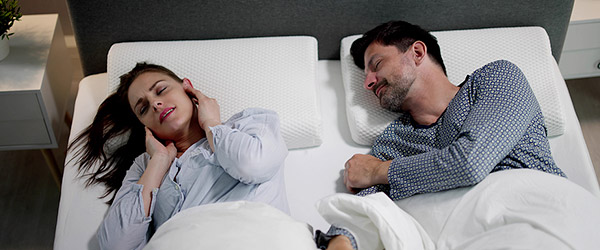
Orthodontics is a viable option once you have received proper training
By starting only one simple orthodontic case per week:

Your practice income will increase by at least $100,000

You will see an increase in patient load

Increase in patient loyalty









